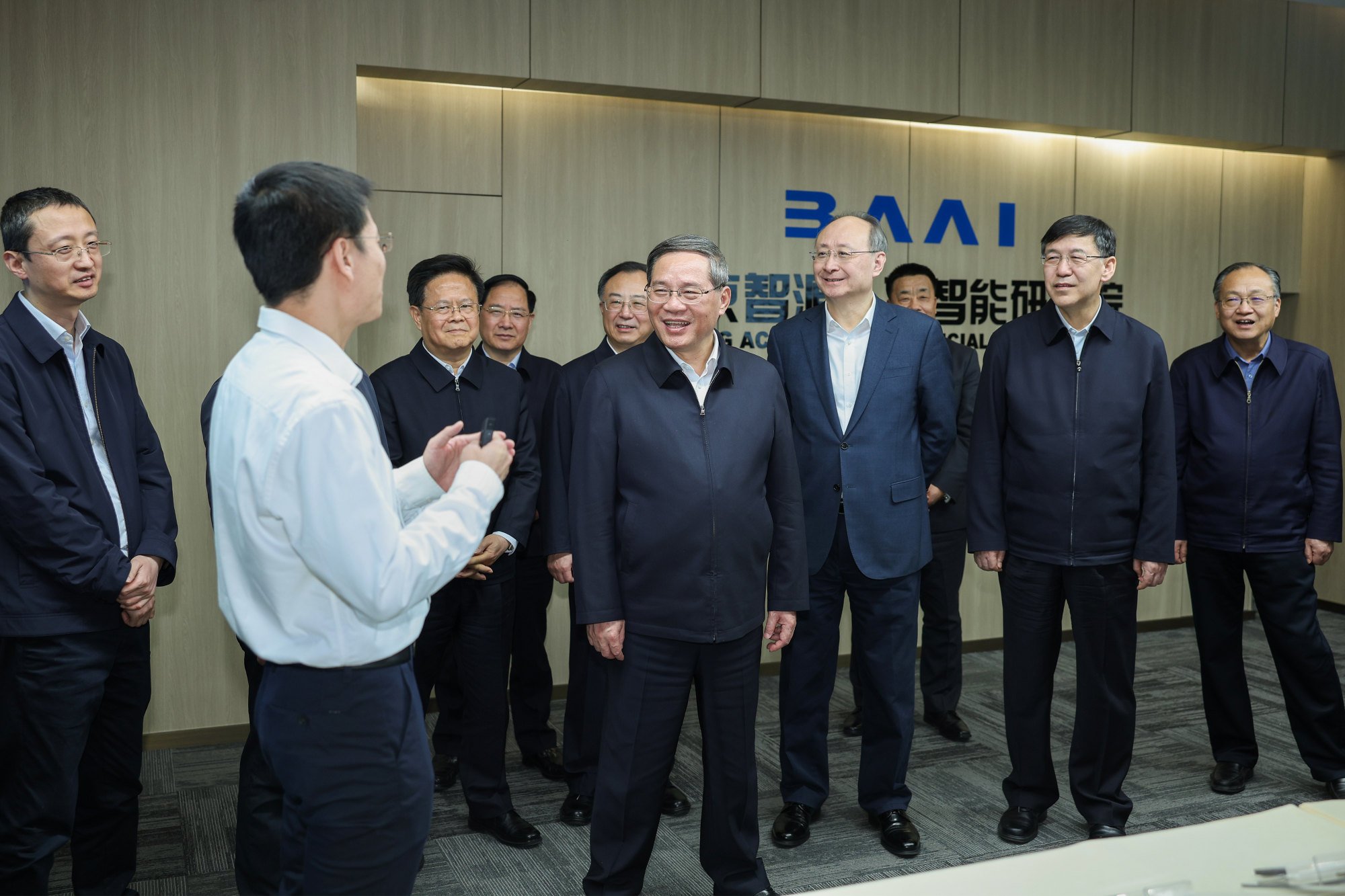China said to fall short of matching US advances in AI owing to ‘many challenges in theory and technologies’

While state agencies are now working in parallel with private Chinese tech firms to develop a range of AI innovation, they still face problems related to computing infrastructure for training LLMs.
Baidu CEO slams China tech firms’ frenzy over AI models as ‘waste of resources’
The number of government-approved LLMs and related AI applications on the mainland currently total more than 40. But at present, there are more than 200 China-developed LLMs in the market.
Another major issue pointed out by the presentation at BAAI refers to control of AI-generated content.
It said the unique challenge faced by Chinese-developed LLMs is in generating “quality content that is in line with facts”, while also taking into account ideology and various emotions.
In global AI race, China Premier Li Qiang vows more leeway to ‘overtake rivals’
Zhipu AI, which forms part of the collaborative ecosystem that BAAI has been cultivating, said it has already built a 100-billion parameter scale LLM.